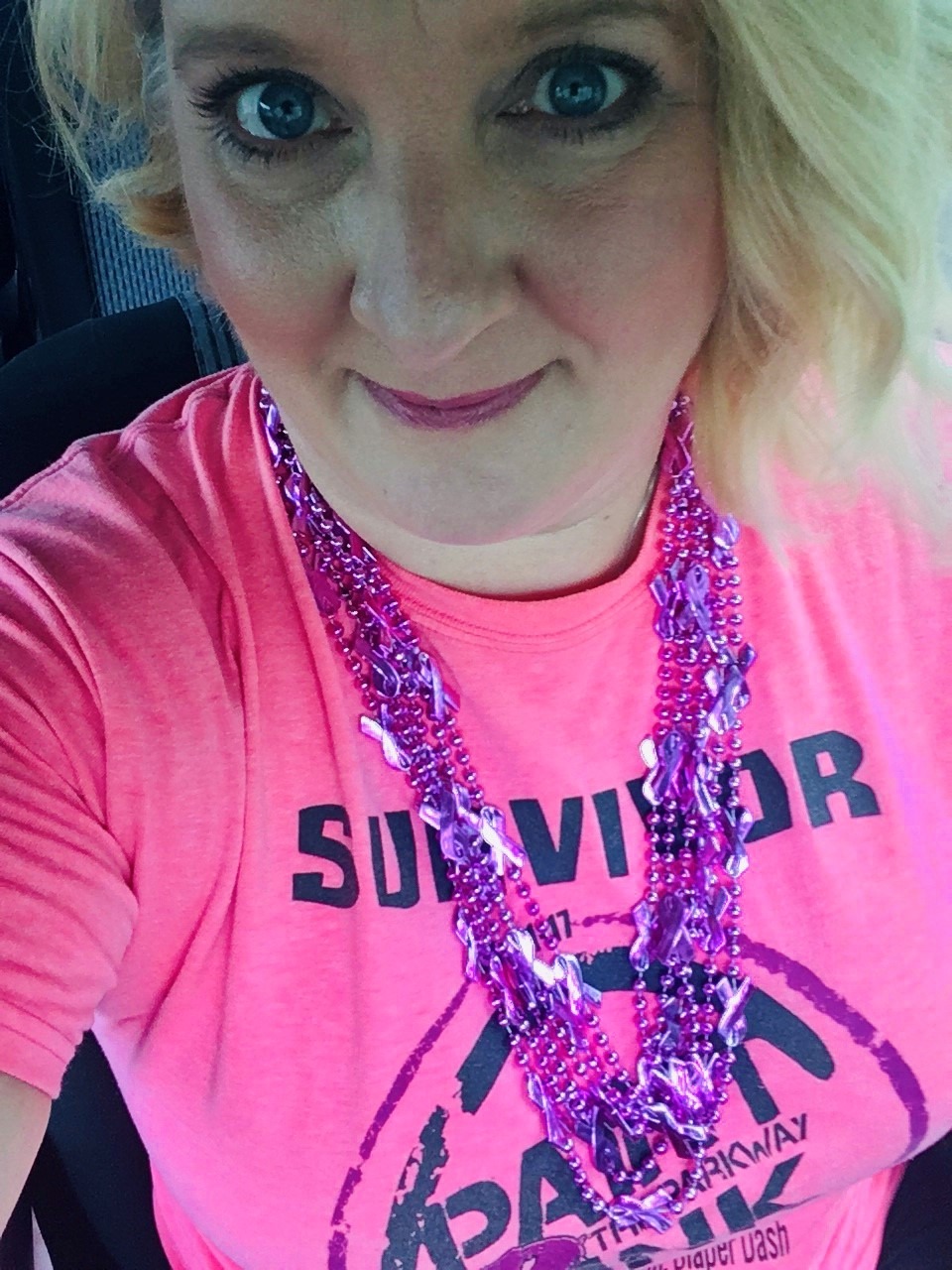
- 0 Comments
- PRMA Plastic Surgery
Hi everyone, my name is Julie from It’s a Bosom Thing. I am so happy to be here as a guest blogger and have this opportunity to share with you a few thoughts about life after DIEP Flap Surgery. I was diagnosed with early Stage DCIS in my left breast in January, 2017. After meeting with my physicians, nurses, and doing a lot of research and prayer, I chose to go completely surgical with my treatment and have a double mastectomy. So, in March, 2017, I underwent a bilateral skin-sparing, non-nipple-sparing mastectomy with immediate DIEP Flap Reconstruction by Dr. Ochoa at PRMA. (You can read more about my options and how I made my decision here.)
There are many reconstructive options for breast cancer patients today and so much information available online (not all reliable) that it can be a bit overwhelming to try to dig through it all. I have found that the best resources for me have been other patients who have already walked the path. So, here are the five realities of my DIEP Flap Surgery that I want to share with you today:
It is life changing!
DIEP Flap is a surgical option that provides an opportunity for most patients to have warm, soft breasts much like their own natural breasts and without the risk of needing them replaced or explanted in the future. Using my own tissue, my surgeon expertly crafted new breasts and reconnected all of those tiny vessels and nerves so that they are healthy and I even have sensation in both. My breasts are very realistic in appearance and in feel. They look great in clothing and really quite good in the nude.
For someone who thought I’d either have to go without breasts, have to have hard implants, or possible future surgeries to replace implants, this was a wonderful “life-changing” surgery option! And, I’m not the only one who feels that way. According to a recent study (Santosa, et al., 2018), “patients who underwent autologous reconstruction had greater satisfaction with their breasts, psychosocial well-being, and sexual well-being at two years compared with patients who underwent implant reconstruction.”
It is NOT a tummy tuck and boob job!
That being said, DIEP Flap Surgery is NOT easy and it still comes with its risk of complications and issues. That same study I quoted above (Santosa, et al. 2018) also stated: “For physical well-being of the abdomen, patients undergoing autologous procedures reported significantly lower scores at 1 year after reconstruction compared to baseline. This difference remained at two years after surgery.”
I have found this to be totally true for myself and for my friends. Many people will compare this procedure to a cosmetic tummy tuck because the incision and concept are similar in appearance. (This is a common misconception and PRMA does a great job of explaining the key differences in the procedures here.) Keep in mind that DIEP Flap Surgery is about reconstruction after cancer and not cosmetic outcomes. Oftentimes, the end result is altered based on other things that have occurred during cancer treatment; like radiation’s effects on your skin, an infection, or just how your body heals. I think it is important that you understand the potential changes that your body will go through after this surgery and have realistic expectations about the end results. Again, ask questions. Your doctors and nurses are there to answer them and there’s likely not much they haven’t seen or heard.
“Swelly Belly” is real.
So, to continue on the abdomen theme, Swelly Belly is a term you might hear in the DIEP Flap community. When I texted a few friends as I was preparing to write this post, this was the hot topic. Most of my friends agreed that they do not regret the surgery and that the above listed benefits far outweigh the negatives, but the thing they wish they knew more about or was more prepared for was the alteration of the abdomen/trunk area that we have all had. Everyone understands post-operative swelling but for many DIEP Flap patients, the nice, flat lower tummy area obtained after the procedure also comes with new bloating above the incision. For me, mine is right under my diaphragm and depending on my activity levels and what I eat (diet is a big factor!), my abdomen can be firm and round from below my breasts to my incision line (in the panty area) on many days. It is not a daily occurrence, but it is frustrating, especially when you want to wear a specific outfit or look and feel your best for an occasion. From what research I’ve done, this is common and other than watching your diet, there’s not a really great explanation for a cause or anything that can really be done to prevent it. It is just a part of my new normal.
Some numbness is unavoidable.
Another common question regarding post-DIEP life is about numbness. Numbness after DIEP Flap is an expected complication of surgery. For many patients who undergo cosmetic breast work, this is also true. The extent of your numbness is hard to predict. Most of us are very or completely numb in the chest and abdomen areas, specifically around the incisions, for a few weeks after surgery and then slowly your sensation starts to return. It’s rather tingly and odd at first…kind of like when your foot falls asleep. After a few months, I pretty much forgot about it and only noticed the numb areas when I had overdone things or when I bumped an incision area. Now, almost 4 years out, I have sensation on both breasts all the time. If I have done something particularly strenuous, I might notice that my breasts feel a little tingly to touch but it’s not painful or problematic. My abdominal incision area is much more numb in general compared to my breasts and I do notice it more.
You can do this!
I walked a 5K at 5 weeks post-op…slowly but I still did it. I was back at work full-time as a busy NICU nurse at 6 weeks. I wore my swimsuit and hit the beach for fun and fishing with my son at 4 months.
While, it is not an easy surgery, it IS doable! Listen to your doctors. Eat more protein. WALK as prescribed…even if you don’t feel like it…do it! Ask for help.
After all of your consults, after reading all of the research and reviews, and after you view all of the before-and-after photos, I think you will find that the general consensus from DIEP Flap Surgery patients like me is that DIEP FLAP surgery is an amazing reconstructive option! You will also find that most of us will tell you that we have no real regrets about our choice to have DIEP Flap Reconstruction.
Everyone has a different journey through breast cancer and no one treatment option is right for everyone. This is not an easy decision for anyone and certainly not one to be taken lightly. Advocate for yourself as a patient. Ask as many questions as you need to in order to feel informed. Weigh your options. Get a second opinion if needed. While no one feels great about a cancer diagnosis (or high cancer risk and prophylactic surgery), you CAN feel at peace with your decision and SHOULD feel confident and comfortable with your providers. On that note, I cannot speak highly enough of these folks at PRMA. The surgeons, nurses, and ancillary staff are all amazing and will provide you with great resources for education, excellent care, and thorough follow-up.
I hope these few thoughts help you as you are starting your reconstructive journey.
Julie
References
Santosa, K.B. MD, Qi, J. MS, Kim, HM. (2018) Long-term patient-reported outcomes in postmastectomy breast reconstruction. JAMA Surgery, 153(10), 891-899. Doi:10.1001/jamasurg.2018.1677

While no one feels great about a cancer diagnosis (or high cancer risk and prophylactic surgery), you CAN feel at peace with your decision and SHOULD feel confident and comfortable with your providers.
Leave Comment
Sign Up for Our Monthly Newsletter
Continue Reading
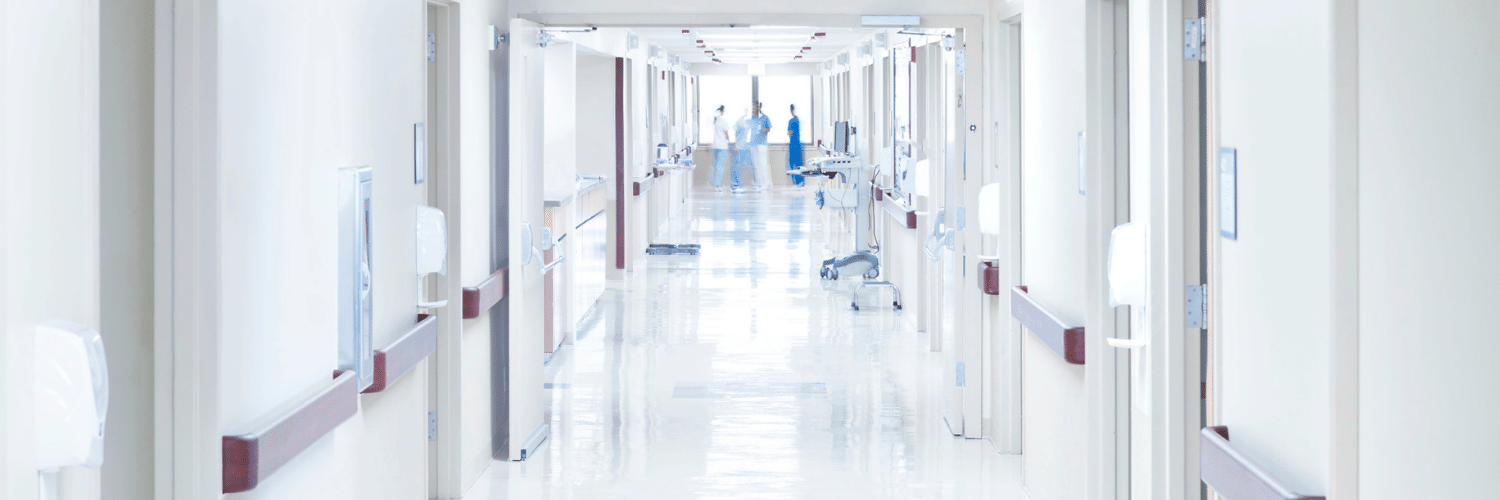
Hospital Stay After DIEP Flap Breast Reconstruction: What to Expect
Hospital Stay After DIEP Flap Breast Reconstruction: What to Expect December 09, 2020 Share on Facebook Twitter Linkedin Following DIEP flap breast reconstruction, patients are typically in the hospital for about 2-3 days. During that time, patients often wonder what they should expect. Here is what a typical hospital stay for PRMA patients entails… Flap […]

Breast Reconstruction Surgery and Your Period
Breast Reconstruction Surgery and Your Period December 02, 2020 Share on Facebook Twitter Linkedin During our pre-operative appointment with patients, a topic that occasionally arises is menstrual cycles. It is completely normal for women to experience changes with their periods throughout breast cancer treatments. These can be temporary or permanent. Periods can be unpredictable following […]
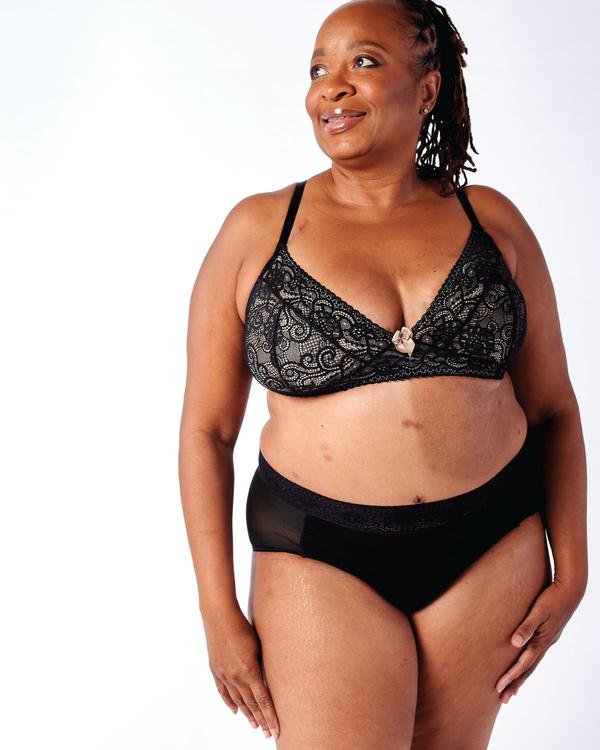
What Bras and Abdominal Girdles to Wear After Breast Reconstruction Surgery
What Bras and Abdominal Girdles to Wear After Breast Reconstruction Surgery November 17, 2020 Share on Facebook Twitter Linkedin When preparing for breast reconstruction surgery, many patients want to know what types of bras and abdominal girdles they should plan to wear after surgery. Although every surgeon has slightly different preferences, we have put together […]

My 5 DIEP Flap Realities | A Guest Blog From Julie
My 5 DIEP Flap Realities October 28, 2020 Share on Facebook Twitter Linkedin Hi everyone, my name is Julie from It’s a Bosom Thing. I am so happy to be here as a guest blogger and have this opportunity to share with you a few thoughts about life after DIEP Flap Surgery. I was diagnosed […]
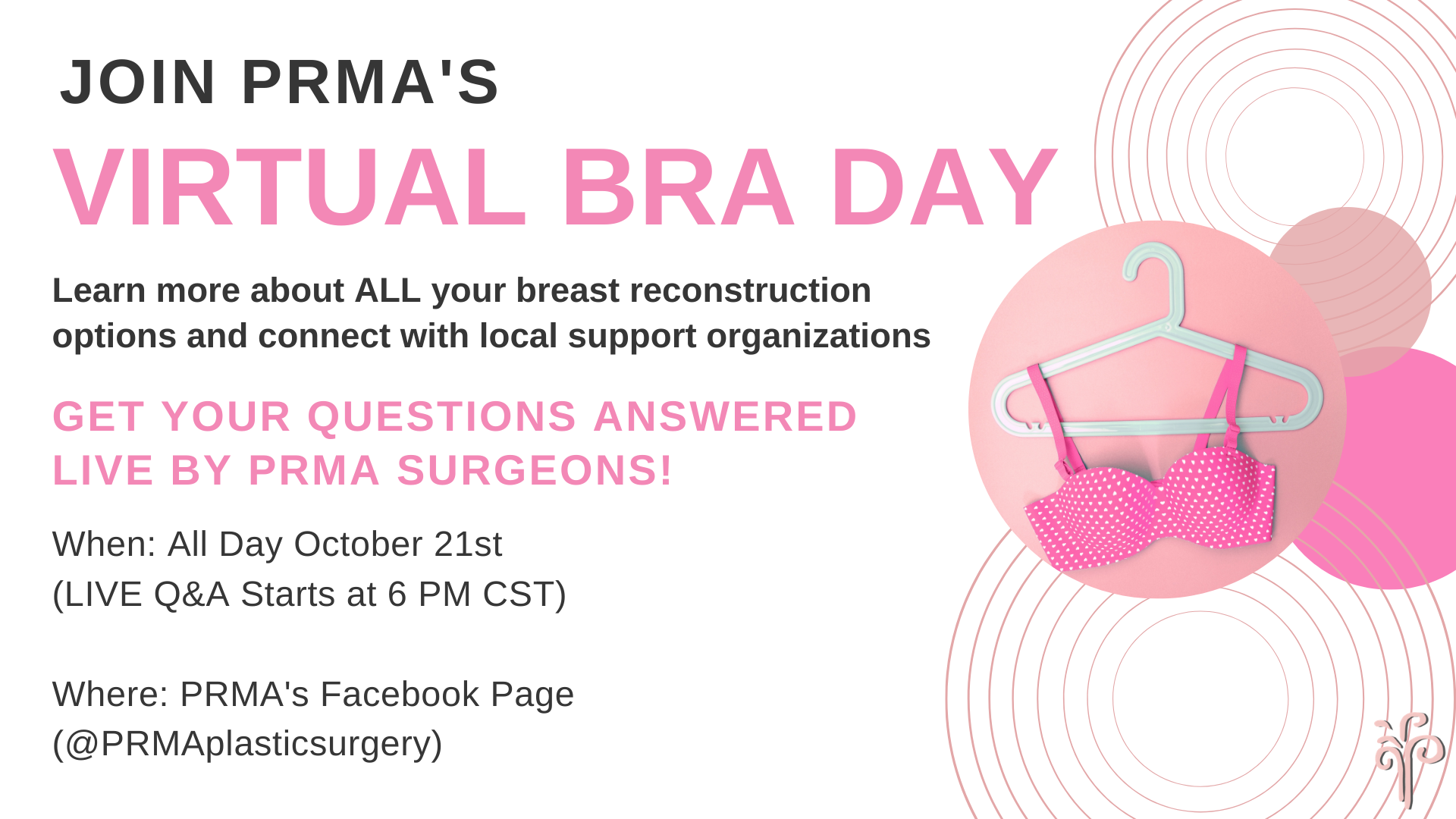
PRMA’s BRA Day Virtual Event Recap
PRMA’s BRA Day Virtual Event Recap October 22, 2020 Share on Facebook Twitter Linkedin Yesterday we celebrated Breast Reconstruction Awareness day! Although we missed seeing everyone in person this year, we were still able to spread education and awareness on ALL reconstructive options through our virtual efforts. We were also able to share information on […]
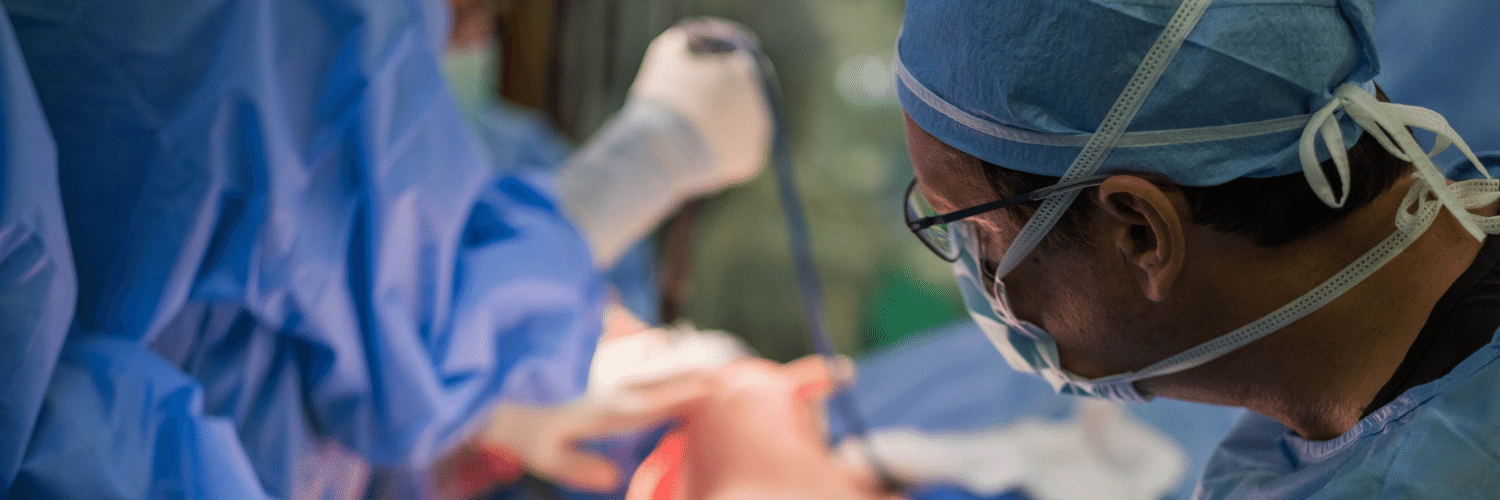
Second Stage DIEP Flap Surgery
Second Stage DIEP Flap Surgery September 08, 2020 Share on Facebook Twitter Linkedin DIEP flap breast reconstruction is typically comprised of at least two stages for the best outcomes. The second stage of surgery is commonly referred to as the “revision” stage and is usually performed about three months after the initial reconstruction. The purpose […]

If ‘Flaps’ Are Such A Great Breast Reconstruction Option, Why Doesn’t Everyone Get Them?
If ‘Flaps’ Are Such A Great Breast Reconstruction Option, Why Doesn’t Everyone Get Them? September 08, 2020 Share on Facebook Twitter Linkedin Flap-based breast reconstruction procedures, like the DIEP flap, offer patients a safe, natural implant-alternative option to reconstruction after a mastectomy. Flap surgeries are permanent and are associated with fewer complications after radiation when […]
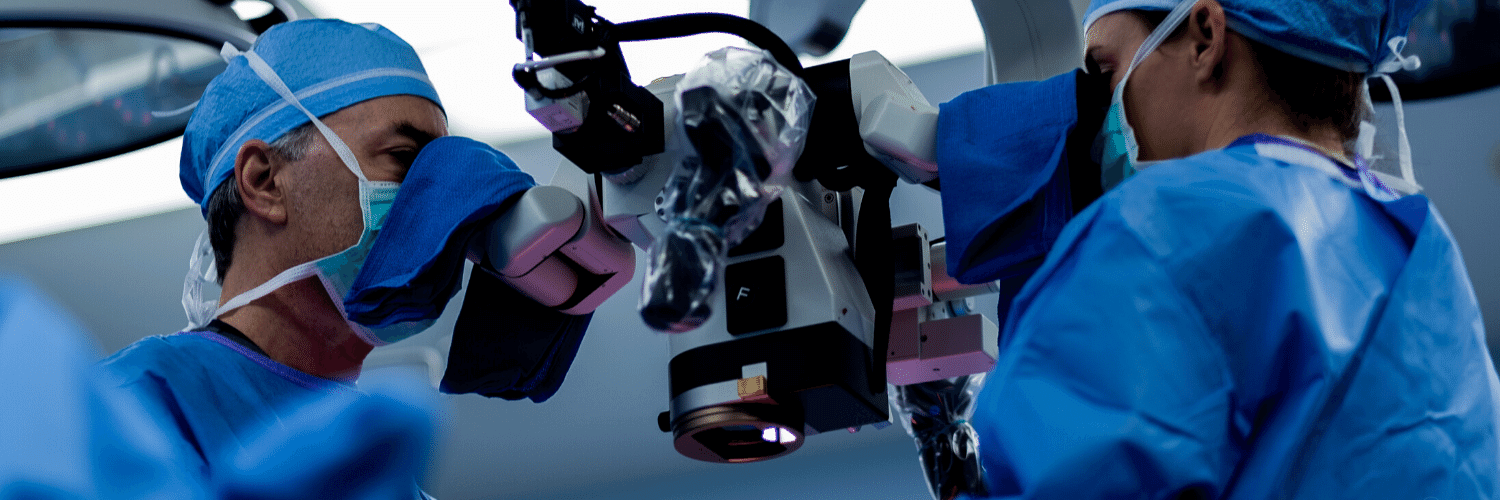
What is a Skin Island and How is it Used in Breast Reconstruction?
What is a Skin Island and How is it Used in Breast Reconstruction? September 08, 2020 Share on Facebook Twitter Linkedin What is a “skin island”? The term “skin island” is used to describe the remaining visible skin from a transplanted “flap” of tissue. In the setting of DIEP flap breast reconstruction, the skin island […]
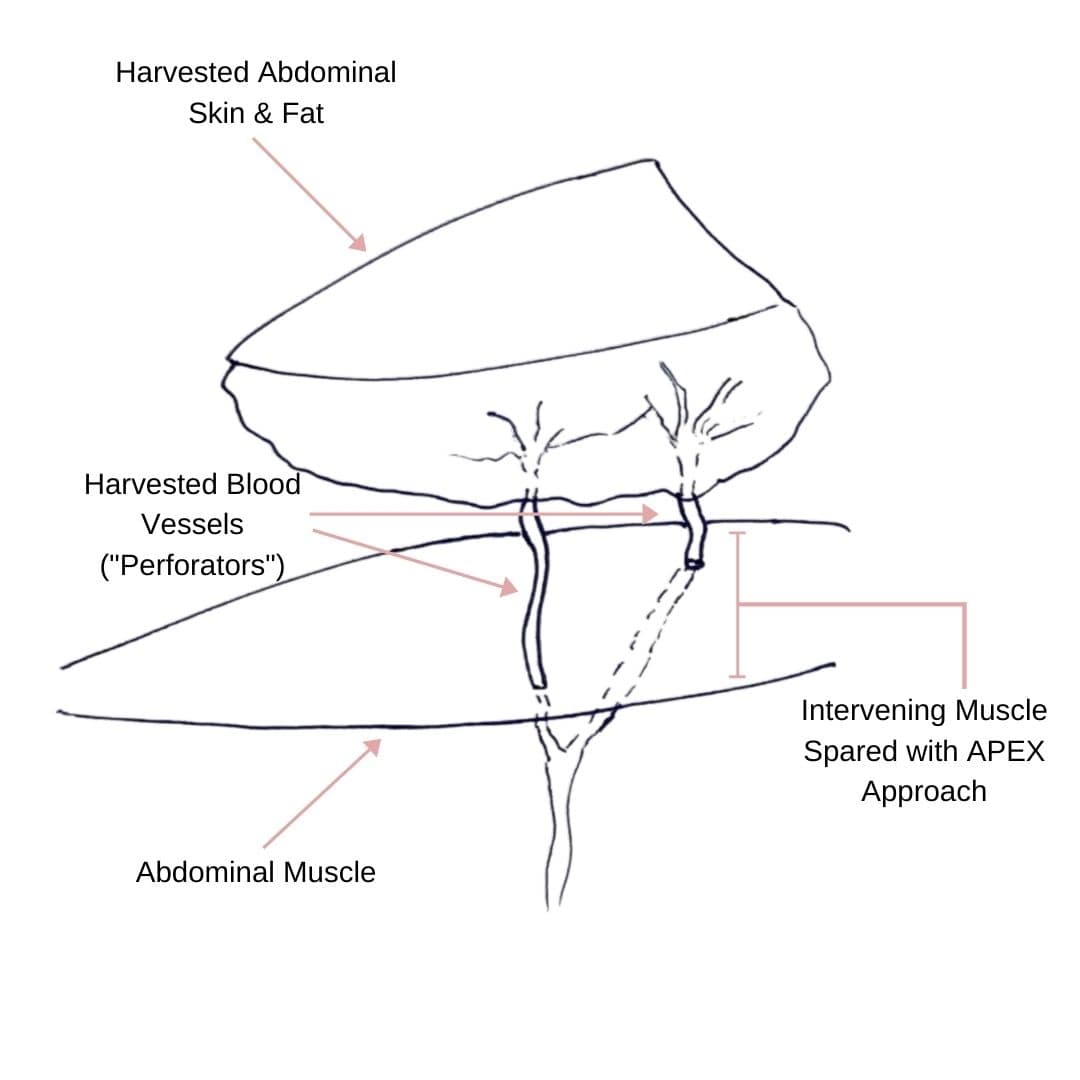
Comparing APEX Flap and DIEP Flap Breast Reconstruction
Comparing APEX Flap and DIEP Flap Breast Reconstruction August 10, 2020 Share on Facebook Twitter Linkedin We have been receiving numerous inquiries about the “APEX flap” recently. Patients want to know what it is and how it differs from the DIEP flap. APEX is an acronym that stands for “Abdominal Perforator Exchange”. Many patients believe […]
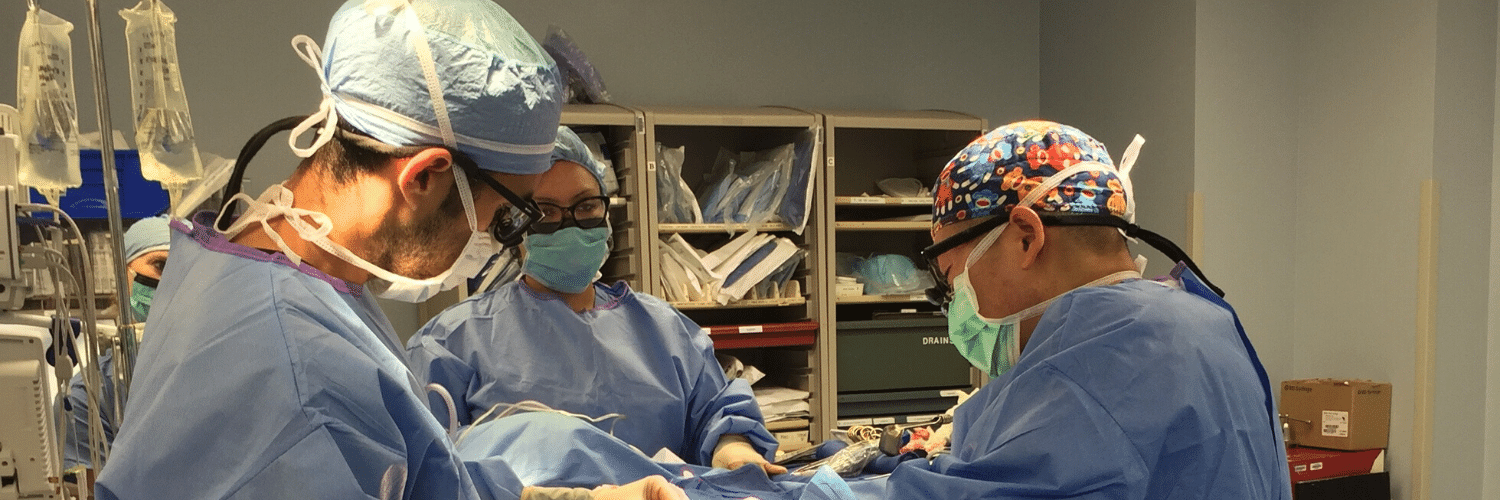
Monitoring the Health of Your Flap During & After Surgery
Monitoring the Health of Your Flap During & After Surgery July 21, 2020 Share on Facebook Twitter Linkedin Autologous flap (or tissue) breast reconstruction procedures represent today’s most advanced options for rebuilding a breast(s) following mastectomy. The most commonly performed method of flap-based reconstruction at PRMA is the DIEP flap. During this procedure, surgeons transplant skin […]
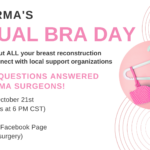
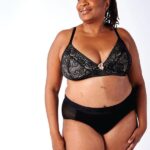
No Comments